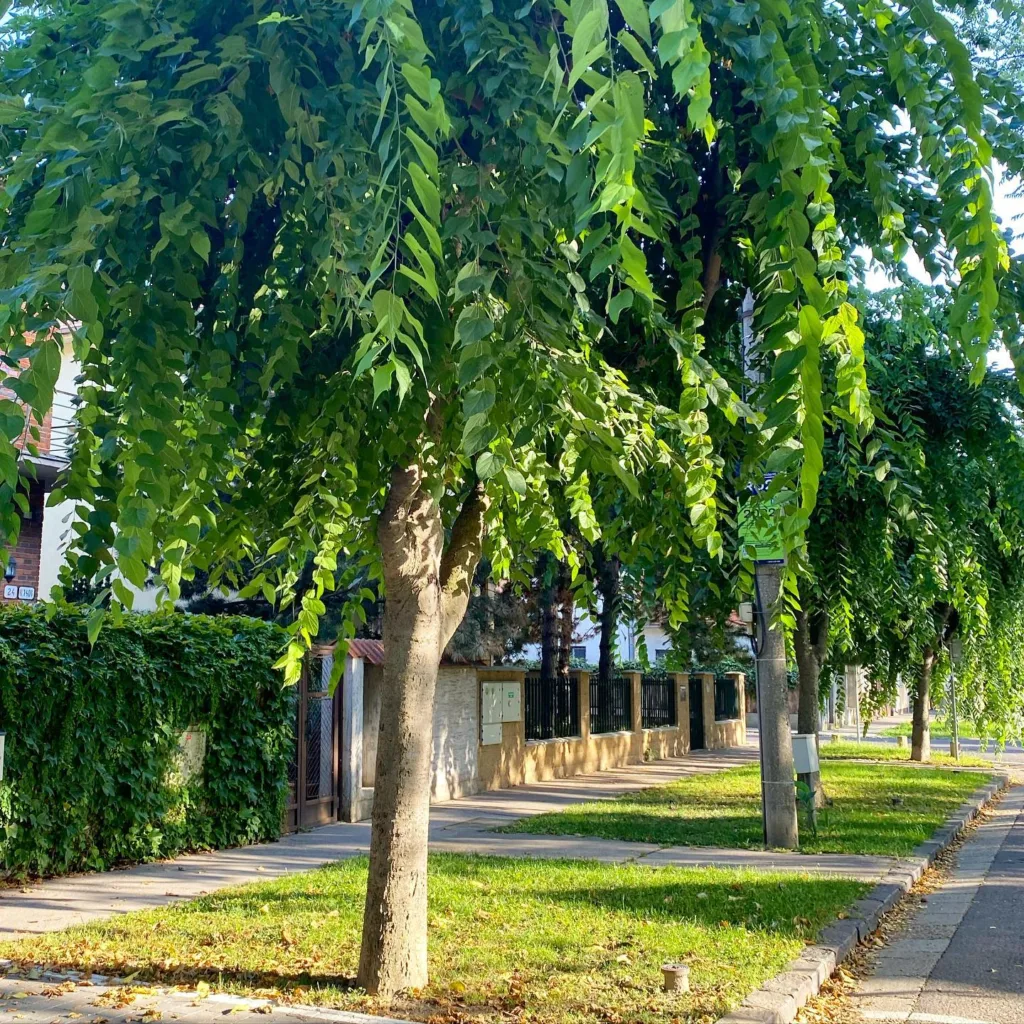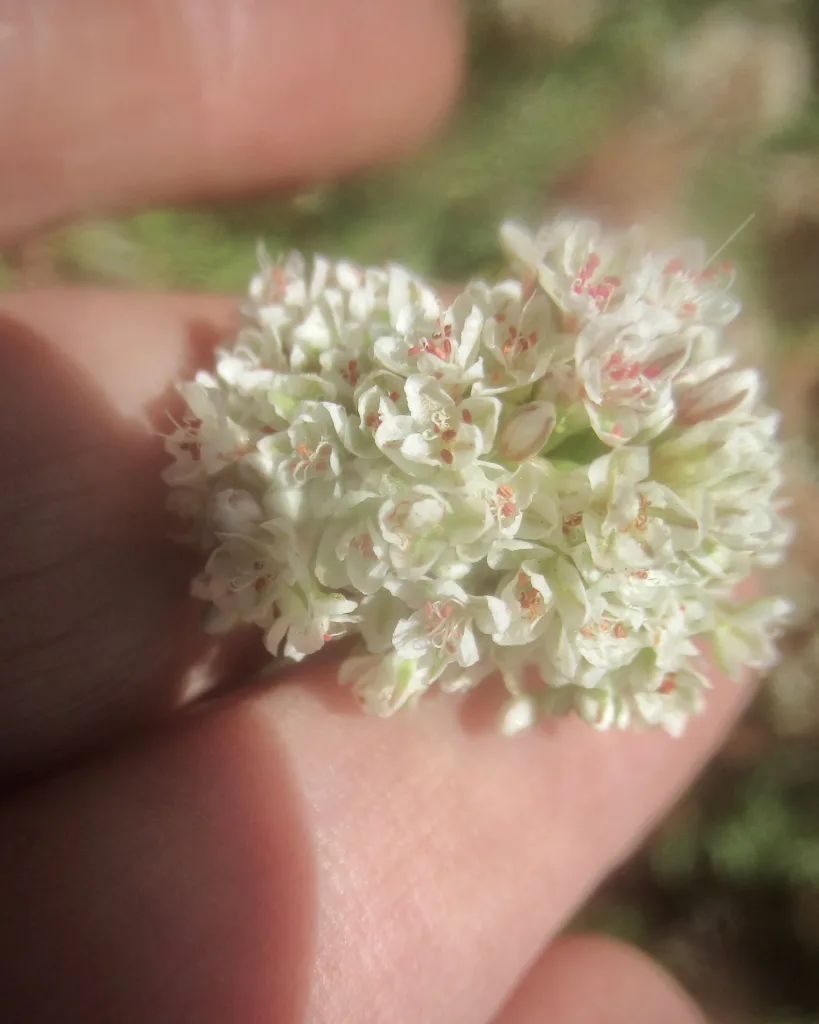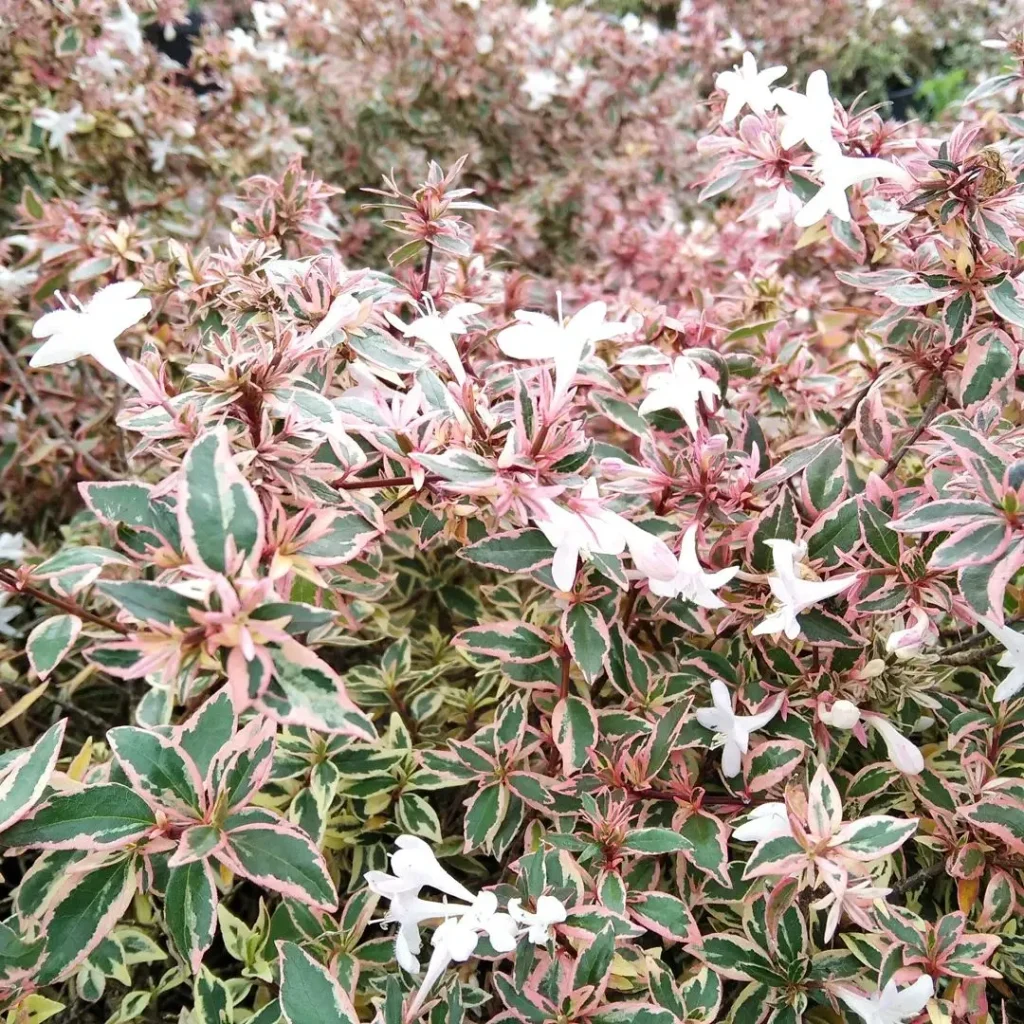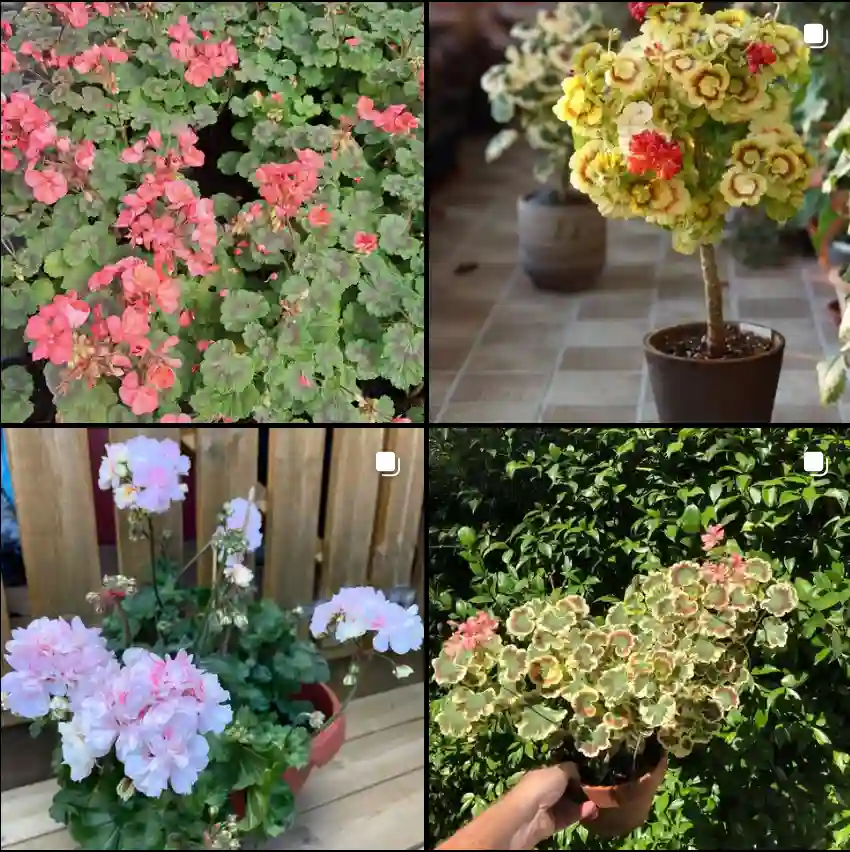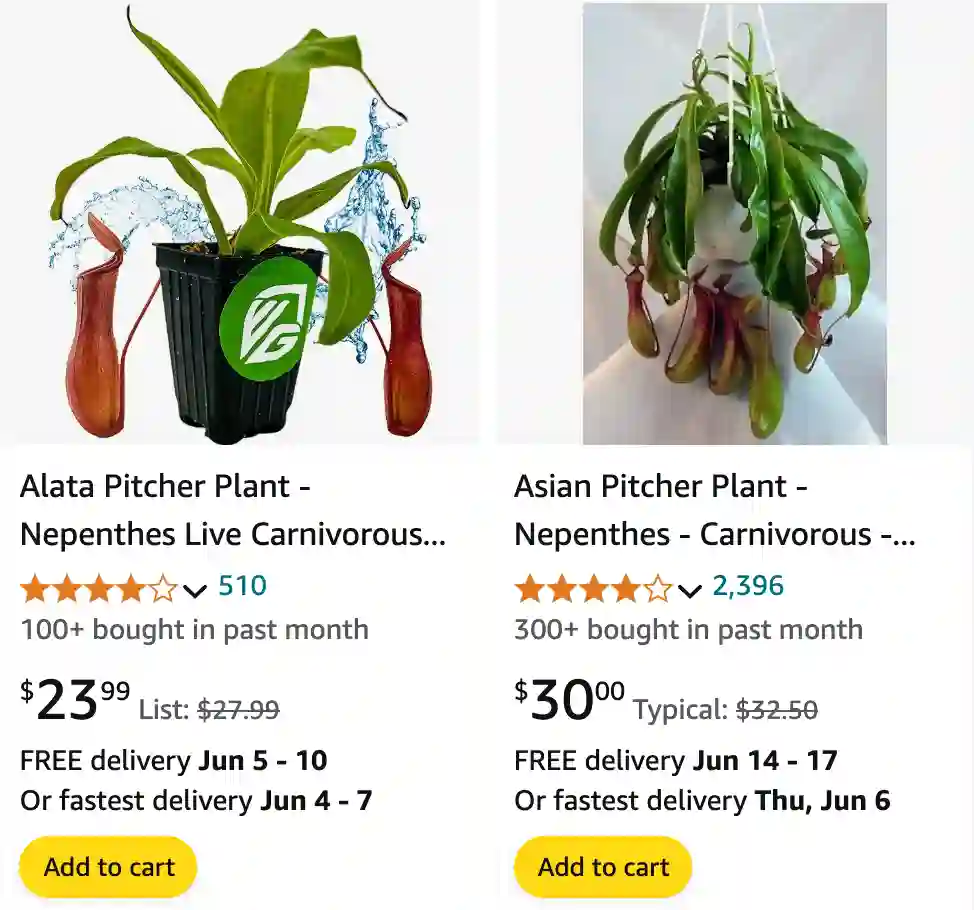
The Allure of the Nepenthes Alata: A Beginner’s Guide
My fascination with carnivorous plants began with a documentary on the Nepenthes, also known as pitcher plants. These botanical marvels ensnare unsuspecting insects with their captivating pitchers, transforming them into a nutritious meal. Among these, the Nepenthes alata particularly piqued my interest. Here, I delve into this enthralling plant, sharing insights for cultivating your very own Nepenthes alata.
Plant Family: Nepenthaceae – 207 Species in Genus Nepenthes
Nepenthes Alata vs Ventrata
I haven’t had Nepenthes Alata, but I did grow Nepenthes Ventrata once. Its pitchers were striking with a vivid green hue and red speckles, and they managed to catch a fair share of insects, which was quite fascinating to watch unfold.
How Long Does Nepenthes Alata Take to Mature?
Patience is key when it comes to the Nepenthes alata. Maturity can take anywhere from 3-5 years, depending on growing conditions. While juvenile plants might not produce the elaborate pitchers they’re known for, proper care will ensure they reach their full potential.
How Much Sunlight Does Nepenthes Alata Need?
Imagine a tropical rainforest canopy – that’s the ideal light situation for your Nepenthes alata. Bright, filtered sunlight is best. Avoid harsh, direct sunlight, which can scorch the leaves. East or west-facing windows are good options. If natural light is limited, consider supplementing with grow lights that mimic the intensity and spectrum of sunlight.
How to Grow Nepenthes Alata?
The Nepenthes alata, while captivating, isn’t overly fussy. Here’s a roadmap to cultivating this wonder:
- Potting: Opt for a well-draining pot with several drainage holes. Plastic pots are suitable as they retain humidity well.
- Soil: Forget about your average potting mix. Nepenthes alata thrives in a well-aerated medium. A common option is a 1:1 ratio of long-fibered sphagnum moss and perlite.
- Watering: Mimic the wet, humid environment of the Philippines. Use rainwater, distilled water, or reverse osmosis water to avoid mineral build-up. Keep the soil consistently moist, but not soggy. Watering from the bottom allows for even moisture distribution.
- Humidity: This is crucial. Aim for 70-80% humidity. A humidifier is a great option. Grouping your Nepenthes alata with other humidity-loving plants can also create a microclimate.
How to Propagate Nepenthes Alata?
Sharing the magic of the Nepenthes alata? Propagation allows you to create new plants. Here are two methods:
- Stem Cuttings: Take a 3-4 inch stem cutting with at least two nodes. Remove the lower leaves and plant it in a well-draining propagation medium like sphagnum moss and perlite. Maintain high humidity and warmth for successful rooting.
- Basal Shoots: These shoots emerge from the base of the mature plant. Carefully separate them with a sharp, sterile knife. Pot them individually in the same medium as the stem cuttings.
What Elevation Does Nepenthes Alata Grow At?
In their natural habitat, the Philippine rainforests, Nepenthes alata thrives at elevations ranging from 800 to 2,400 meters. While replicating these exact conditions might not be feasible indoors, mimicking a cool to warm temperature range is beneficial. Aim for daytime temperatures between 70-85°F (21-29°C) and nighttime temperatures dropping to 55-70°F (13-21°C).
What to Feed Nepenthes Alata?
While the Nepenthes alata can obtain some nutrients through photosynthesis, it primarily relies on insects trapped in its pitchers. If you’re hesitant about live insects, consider offering bloodworms, mosquito dunks, or crushed flies. Avoid overfeeding, as this can affect pitcher production.
Where to Buy Nepenthes Alata Carnivorous Pitcher Plants?
With its captivating looks and unique carnivorous nature, the Nepenthes alata is a sought-after houseplant. Reputable carnivorous plant nurseries and online vendors often carry this species. Do your research to ensure you’re purchasing a healthy plant from a reputable source.
The Nepenthes alata is an exotic addition to any plant collection. With the right care and a touch of patience, you can cultivate this captivating carnivore and witness the wonder of its insect-trapping pitchers firsthand. So, are you ready to welcome the Nepenthes alata into your home?
If i die, water my plants!
